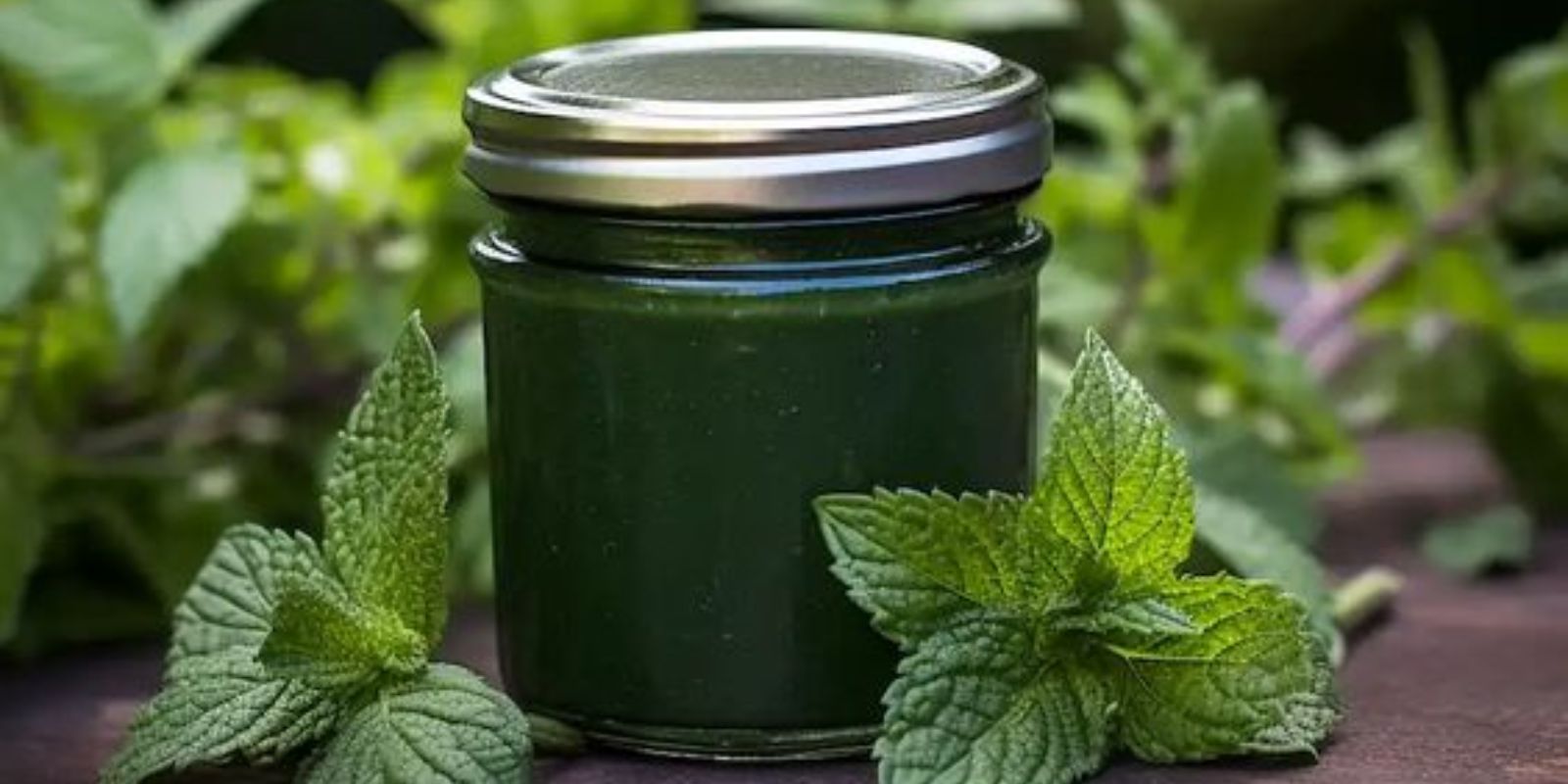Mint is more than just a flavorful herb; it’s a powerhouse of benefits that can enhance your garden, kitchen, and even your health. Growing mint at home is a simple yet rewarding endeavor that offers a myriad of uses and advantages. In this article, we’ll explore eight compelling reasons to add mint to your home garden and provide practical tips for successful cultivation.
1. Culinary Versatility
Mint is a highly versatile herb that can elevate a wide range of dishes and beverages.
- Flavor Enhancer: Fresh mint leaves add a refreshing and aromatic touch to salads, sauces, and soups. They are particularly popular in Middle Eastern, Mediterranean, and Asian cuisines.
- Beverages: Mint is a key ingredient in beverages like mojitos, iced teas, and lemonades. Its cooling flavor makes it perfect for refreshing summer drinks.
- Desserts: Mint pairs well with chocolate, making it a great addition to desserts like mint chocolate chip ice cream, brownies, and more.
2. Health Benefits
Mint has been valued for its medicinal properties for centuries.
- Digestive Aid: Mint can help soothe an upset stomach and aid digestion. Peppermint tea is commonly used to relieve indigestion and nausea.
- Respiratory Relief: The menthol in mint acts as a natural decongestant, helping to clear nasal passages and alleviate symptoms of colds and allergies.
- Anti-Inflammatory Properties: Mint contains antioxidants and anti-inflammatory compounds that can help reduce inflammation and support overall health.
3. Easy to Grow
Mint is known for being one of the easiest herbs to grow, making it ideal for both beginners and seasoned gardeners.
- Adaptability: Mint thrives in a variety of conditions, from sunny spots to partial shade. It can be grown in garden beds, pots, or even indoors.
- Low Maintenance: Once established, mint requires minimal care. Regular watering and occasional trimming are usually sufficient.
- Quick Growth: Mint grows rapidly, providing you with a steady supply of fresh leaves in no time.
4. Pest Repellent
Mint is not only useful in the kitchen but also serves as a natural pest repellent in the garden.
- Deters Pests: The strong aroma of mint can deter pests like ants, mosquitoes, and aphids. Planting mint around your garden can help keep these unwanted guests at bay.
- Natural Insecticide: Mint leaves can be crushed and used to make a natural insecticidal spray for plants.
5. Aesthetic Appeal
Mint adds beauty and fragrance to your garden, enhancing its overall ambiance.
- Visual Interest: Mint has attractive, lush green foliage and can be used as ground cover or in containers for a decorative touch.
- Fragrant Garden: The aromatic leaves of mint release a pleasant scent that adds to the sensory experience of your garden space.
6. Cost-Effective
Growing mint at home is a cost-effective way to enjoy fresh herbs without constantly buying them from the store.
- Affordable: Mint is relatively inexpensive to grow, especially when compared to buying fresh herbs from the market.
- Abundant Yield: Once established, mint produces a generous amount of leaves, allowing you to harvest and use it frequently.
7. Sustainable Living
Growing mint at home supports a more sustainable and eco-friendly lifestyle.
- Reduces Waste: By growing your own mint, you reduce the need for packaged herbs, which helps minimize plastic waste.
- Homegrown Goodness: Cultivating mint at home means you can enjoy fresh, organic herbs without the use of pesticides or other chemicals.
8. Versatile Uses Beyond the Kitchen
Mint has a range of uses beyond culinary applications, making it a valuable addition to your home garden.
- Homemade Remedies: Mint can be used in homemade remedies for its soothing properties. For example, mint-infused water or tea can be used to calm skin irritations.
- Crafts and Decorations: Dried mint leaves can be used in crafts, sachets, and potpourri for a natural, aromatic touch in your home.
Tips for Growing Mint at Home
1. Choosing the Right Location
- Sunlight: Mint prefers partial shade to full sun. Too much direct sunlight can lead to leaf scorch, while too little light can slow its growth.
- Soil: Mint thrives in well-drained, loamy soil. It can tolerate a range of soil types but prefers slightly acidic to neutral pH.
2. Planting Mint
- Starting from Seeds or Cuttings: Mint can be grown from seeds, but it is often easier and quicker to start with cuttings or small plants.
- Containers: Mint spreads aggressively, so consider planting it in containers to keep it from overtaking other plants.
3. Watering and Maintenance
- Regular Watering: Keep the soil consistently moist but not waterlogged. Mint prefers evenly moist soil.
- Pruning: Regularly trim mint to encourage bushier growth and prevent it from becoming too leggy. Harvest leaves frequently to keep the plant healthy.
4. Controlling Spread
- Containment: Mint can become invasive due to its vigorous spreading through underground rhizomes. Use containers or barriers to manage its growth and prevent it from encroaching on other plants.
Conclusion
Growing mint at home offers a wealth of benefits, from enhancing your culinary creations to providing health benefits and adding beauty to your garden. Mint’s versatility, ease of growth, and practical uses make it a valuable herb for any home gardener.
By incorporating mint into your garden, you can enjoy a continuous supply of fresh, fragrant leaves while reaping the rewards of a cost-effective and sustainable gardening practice. So why wait? Start growing mint today and experience the incredible advantages it brings to your home and garden. 🌿💚
Embrace the joy of homegrown mint and enhance your garden with this wonderful herb. Begin your mint-growing journey now and savor the many benefits it has to offer! 🌱✨

